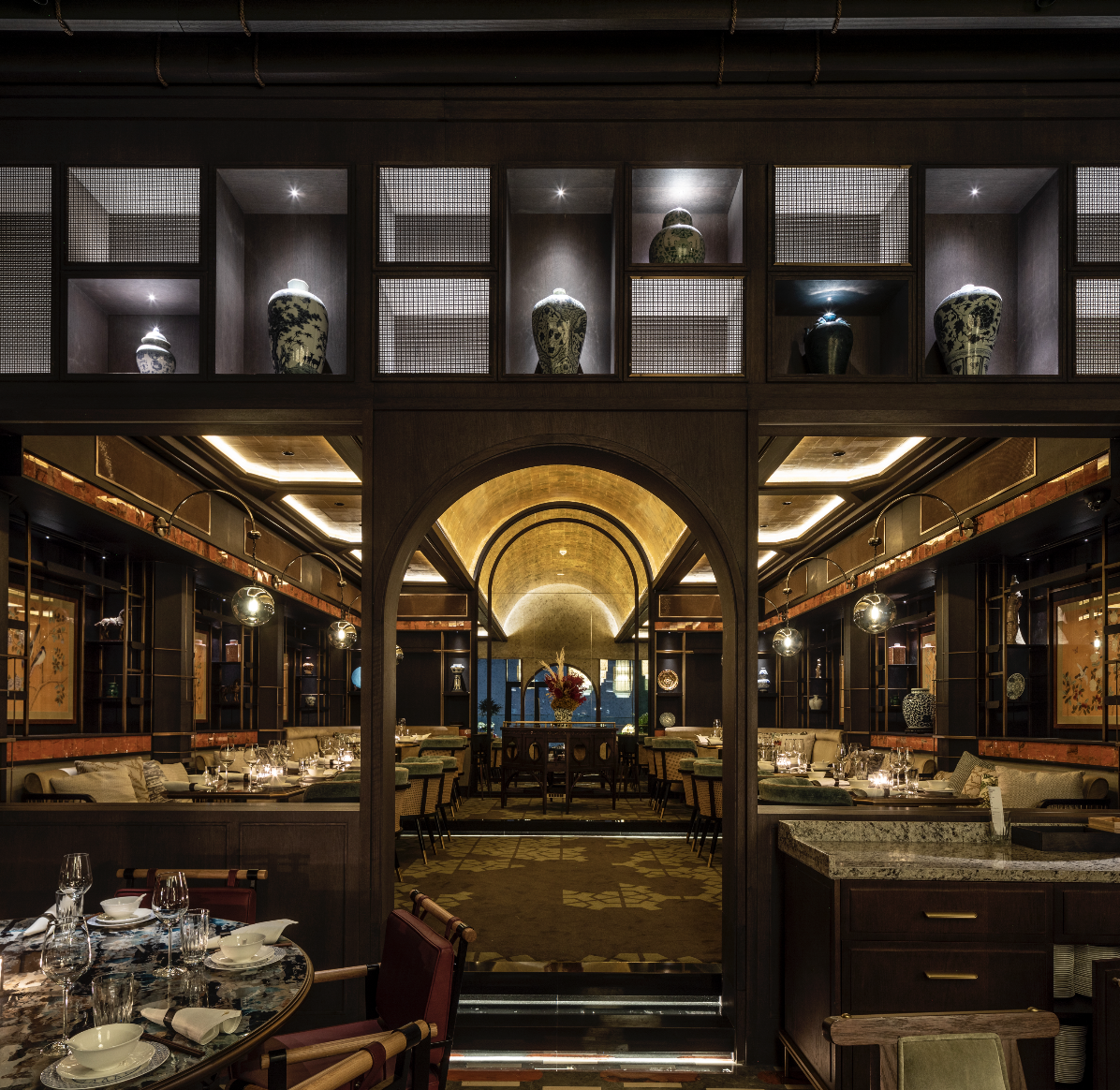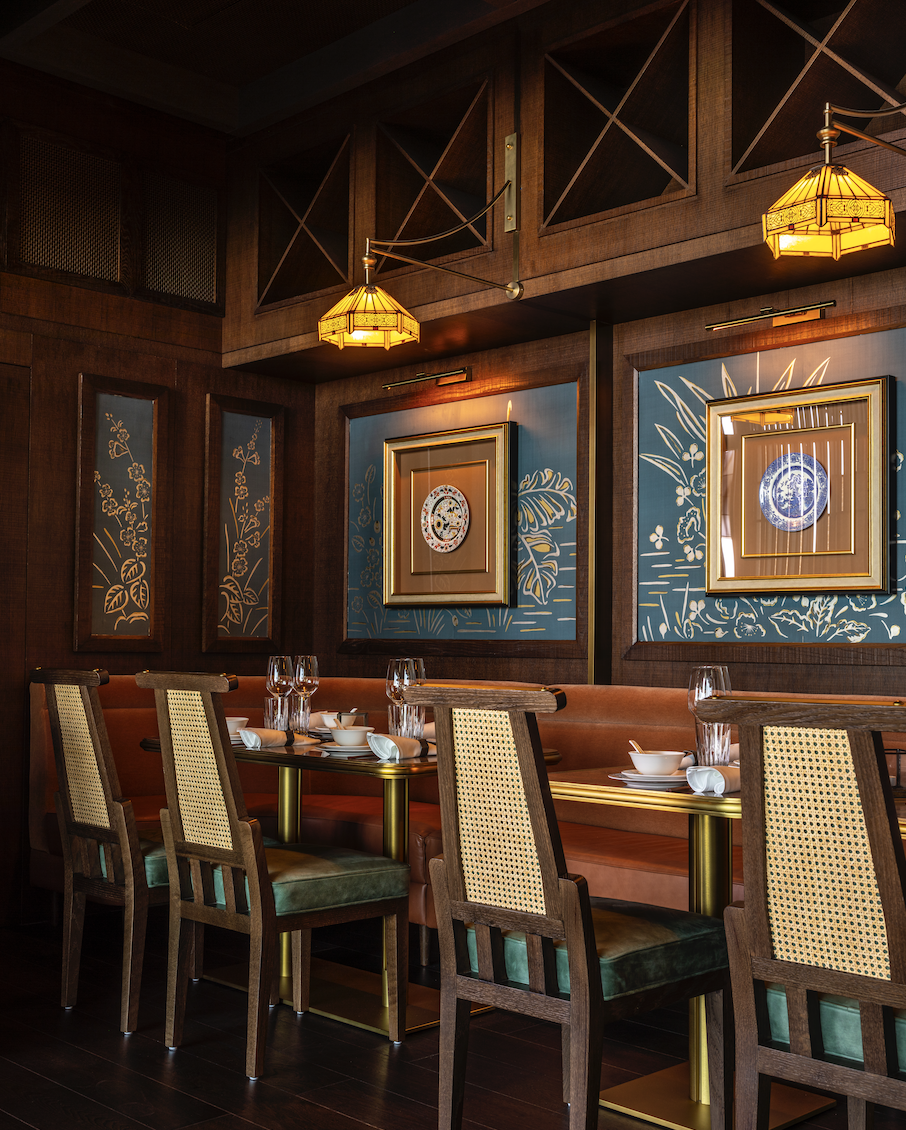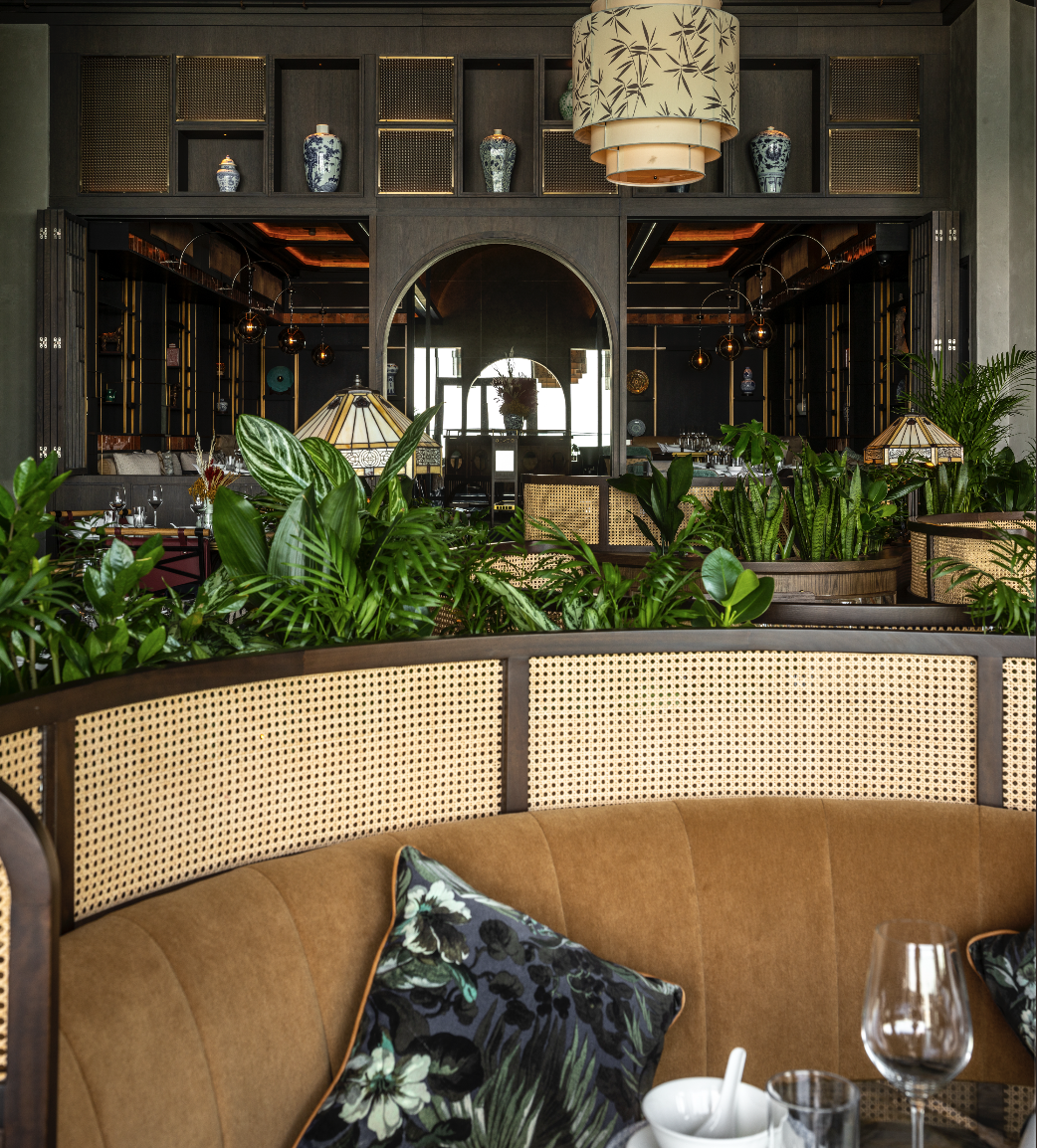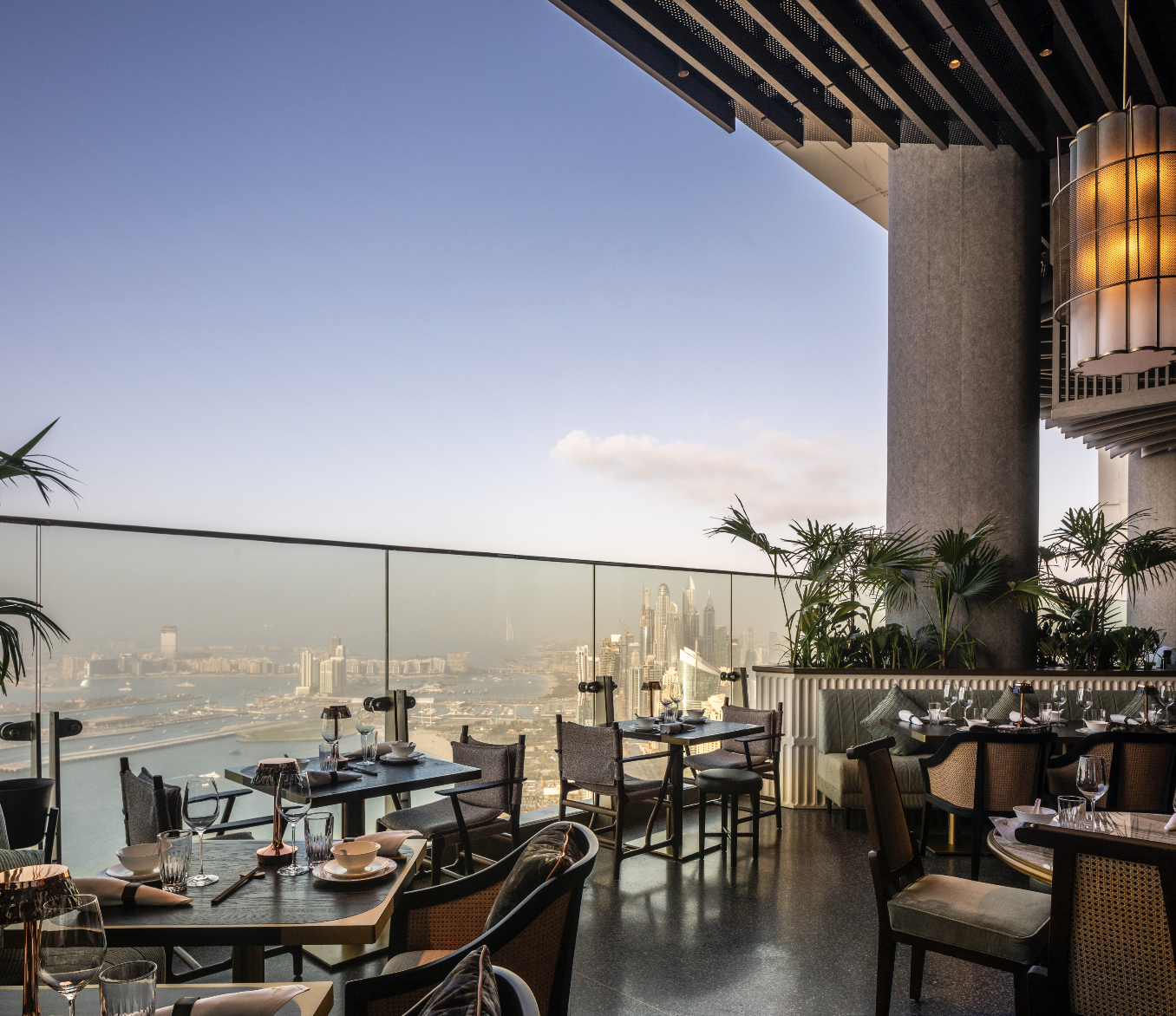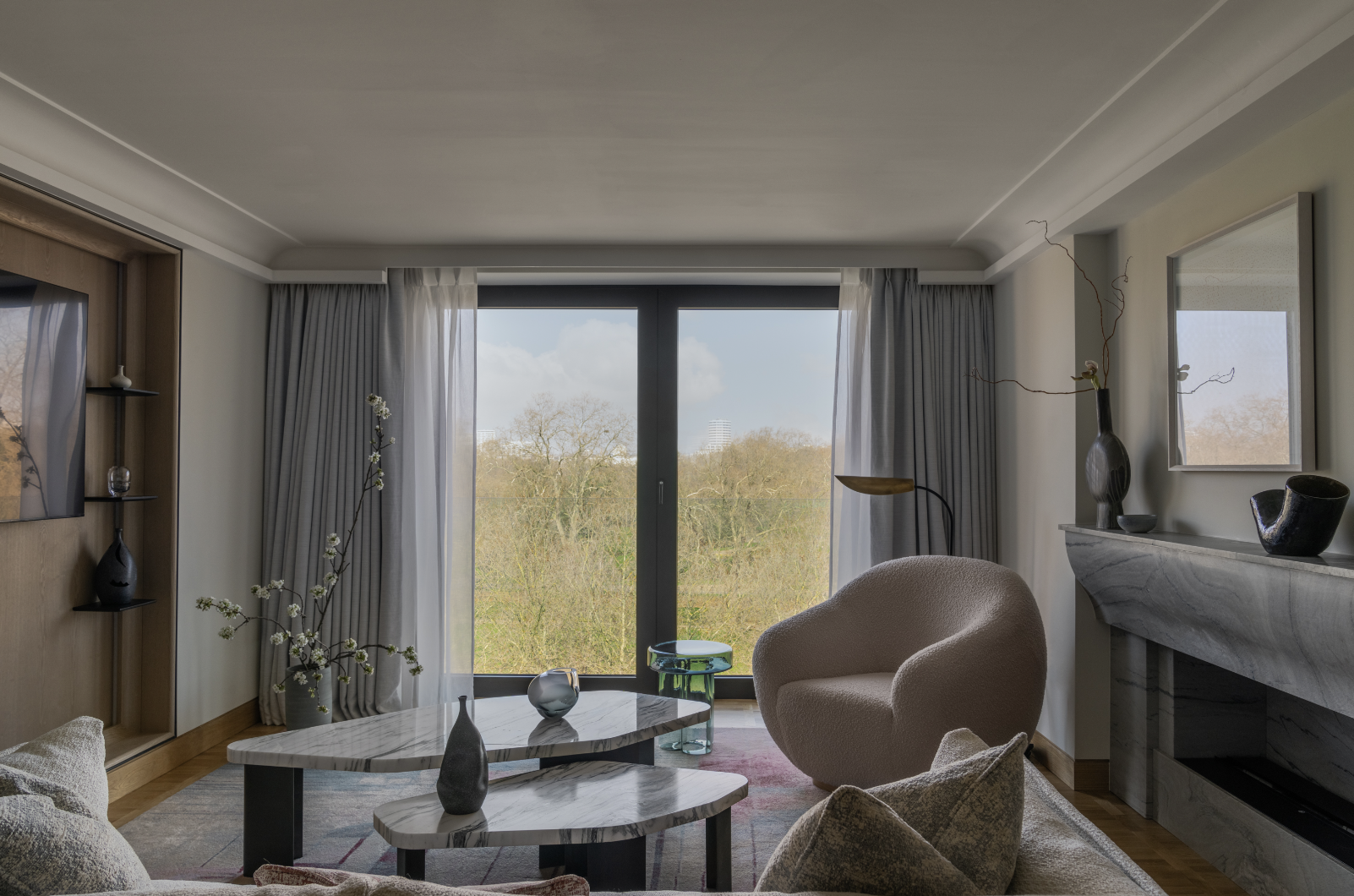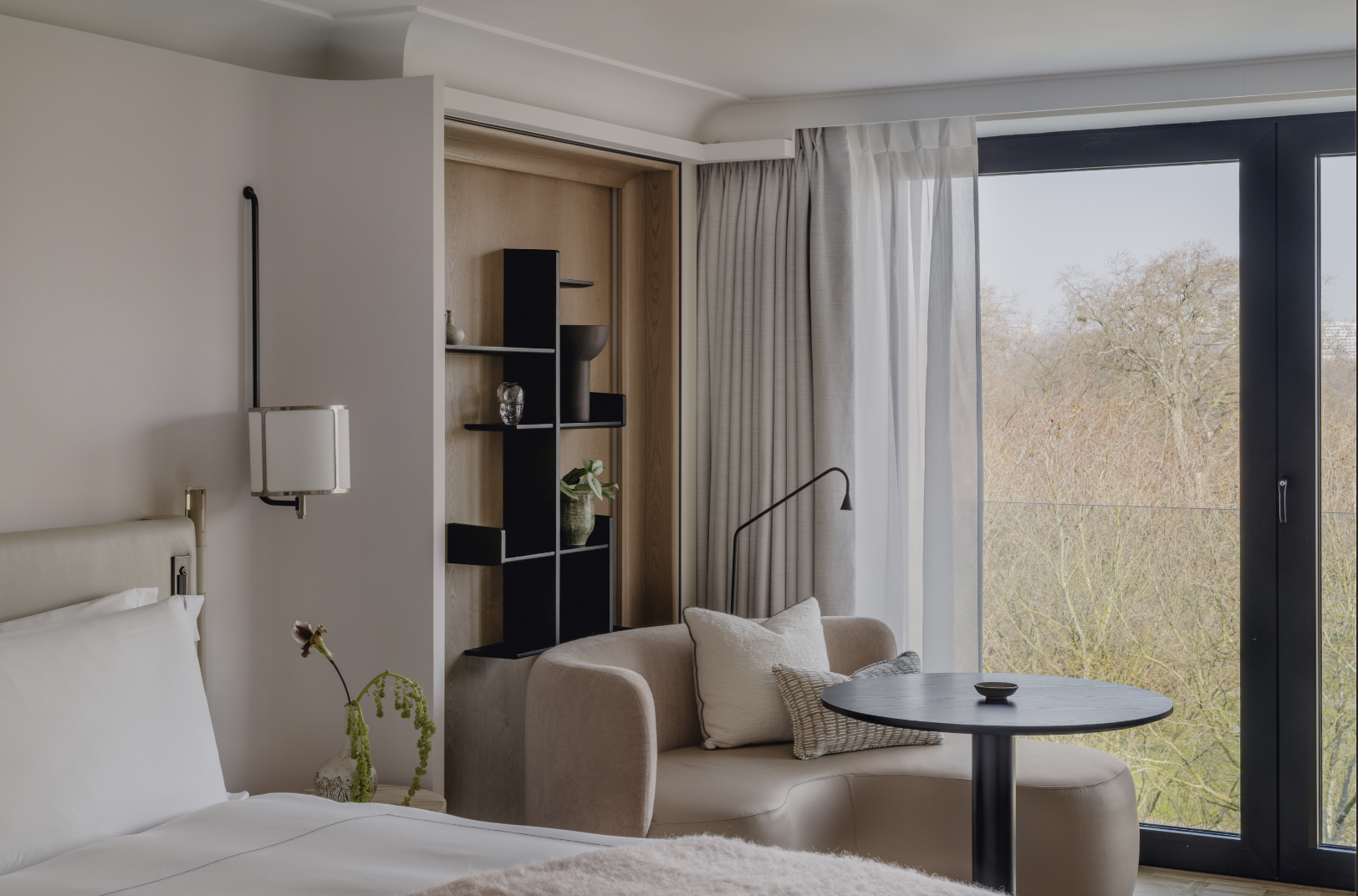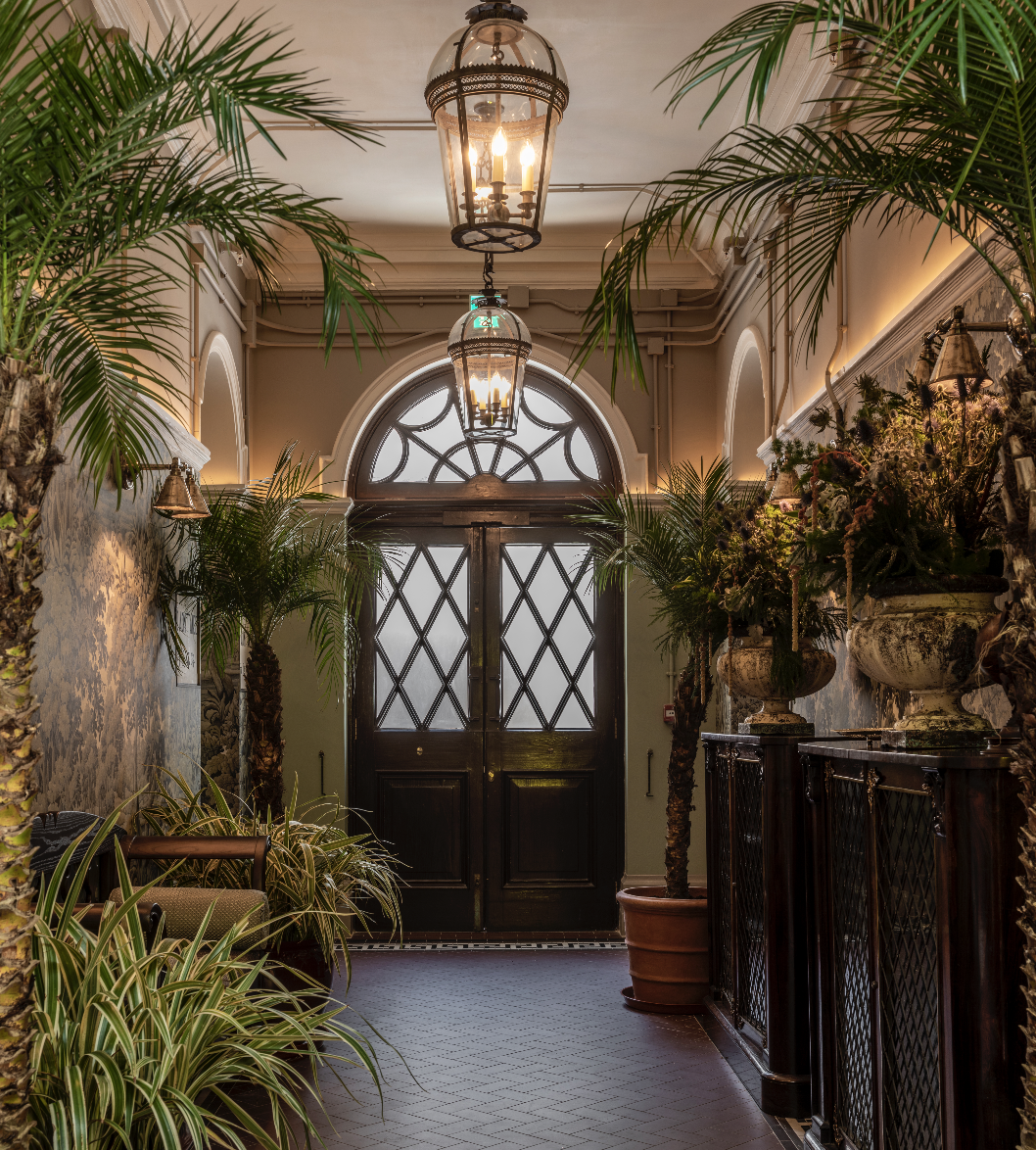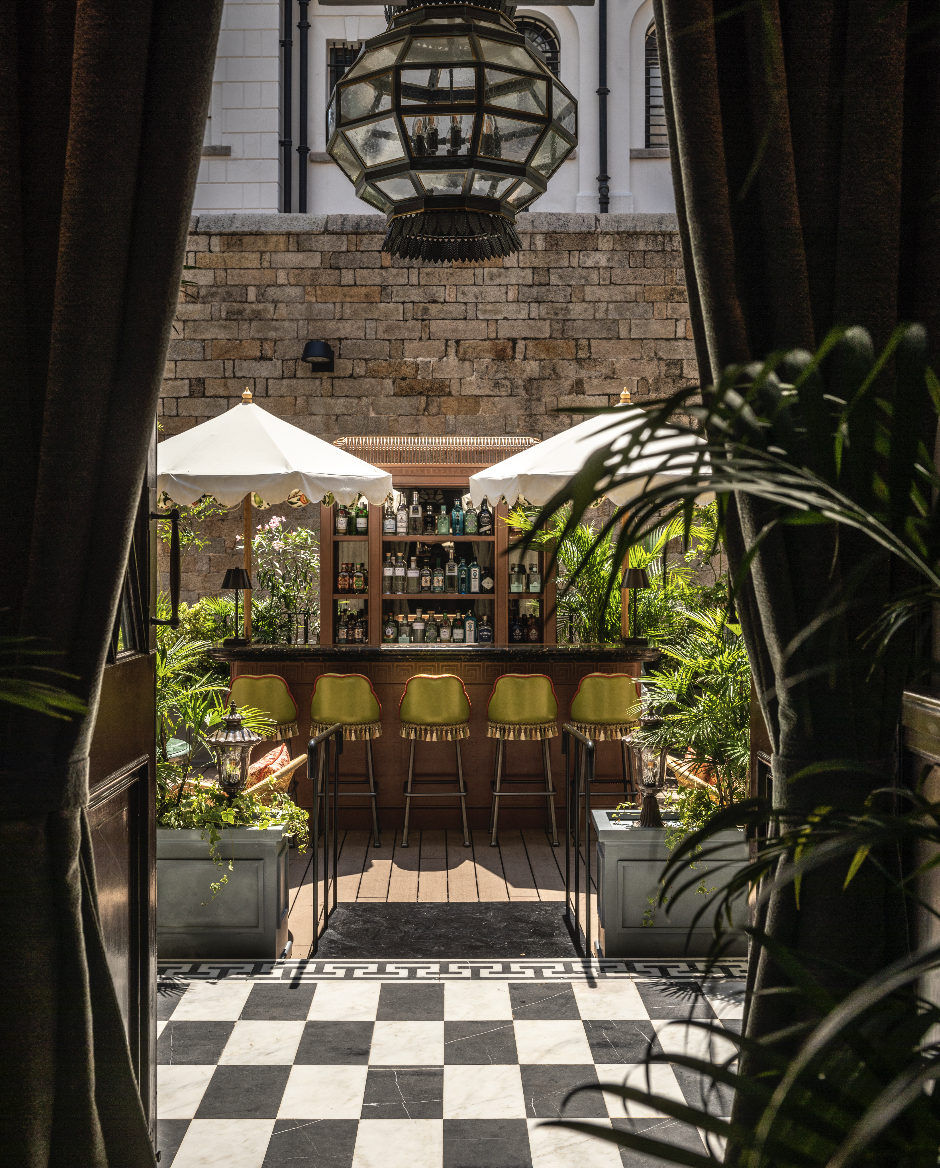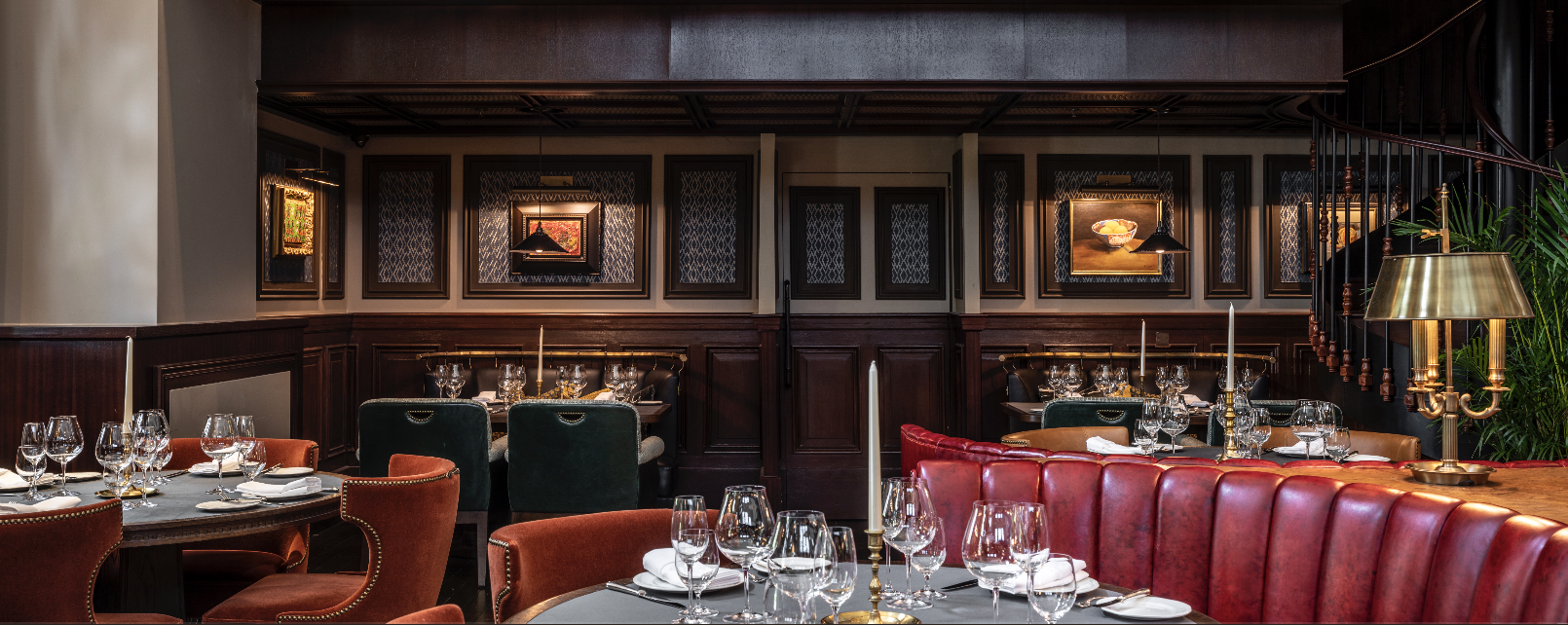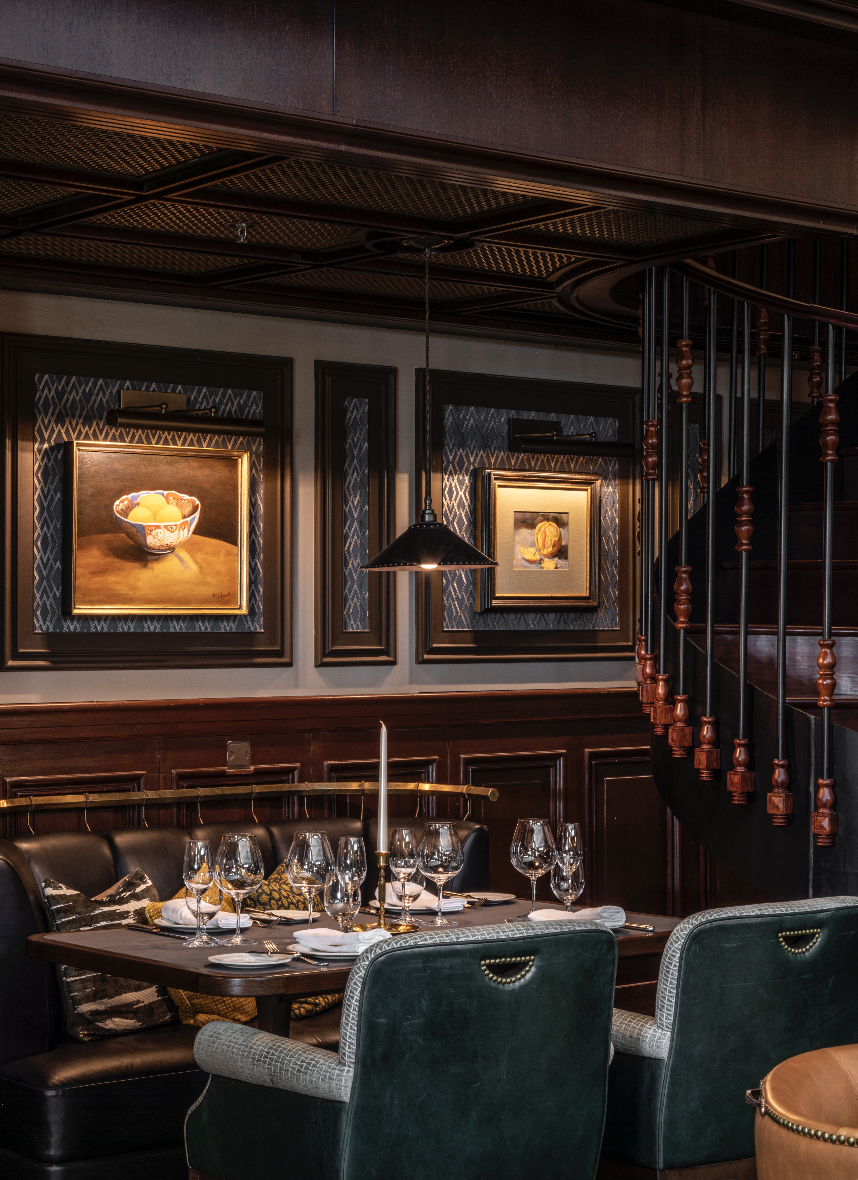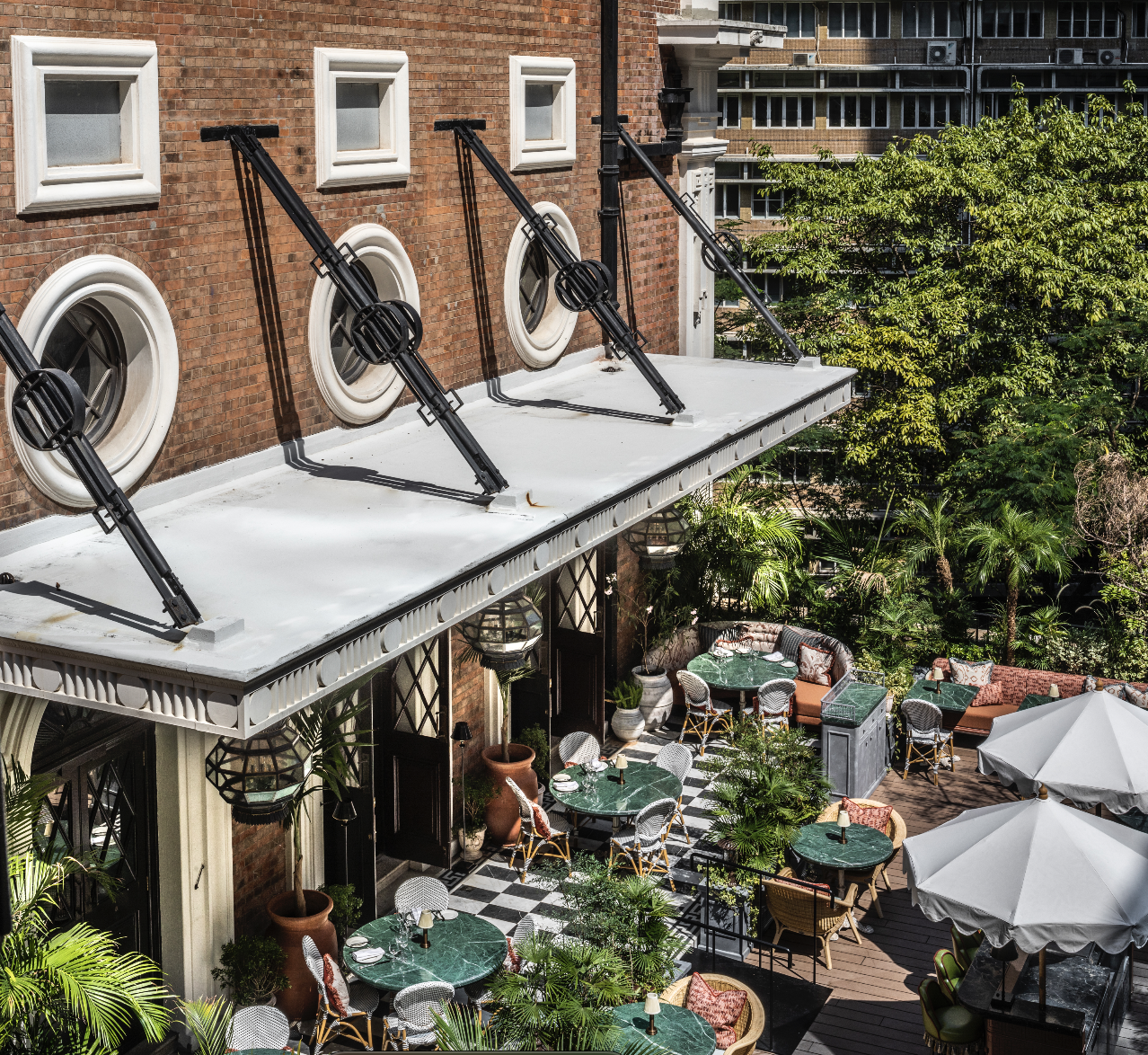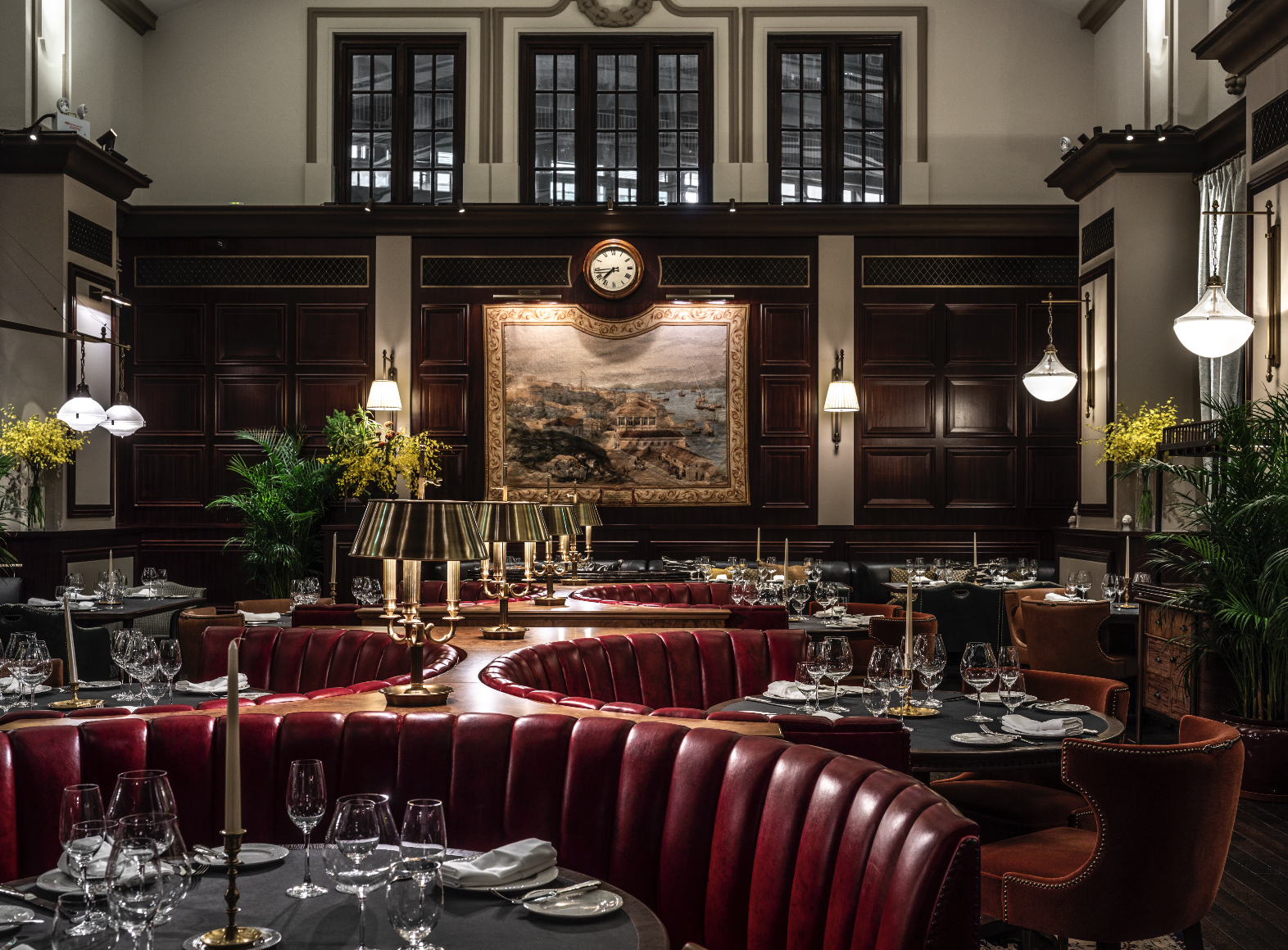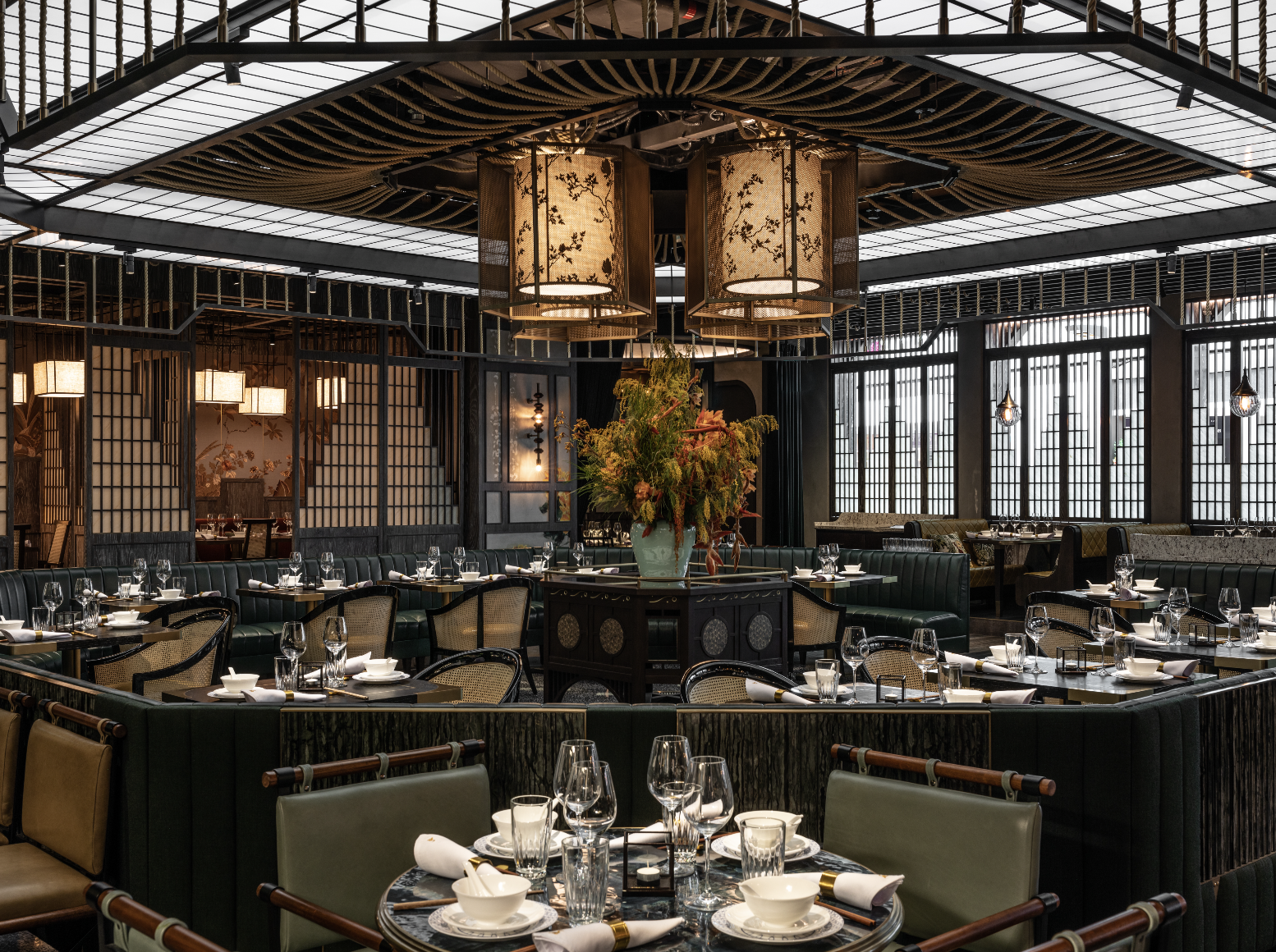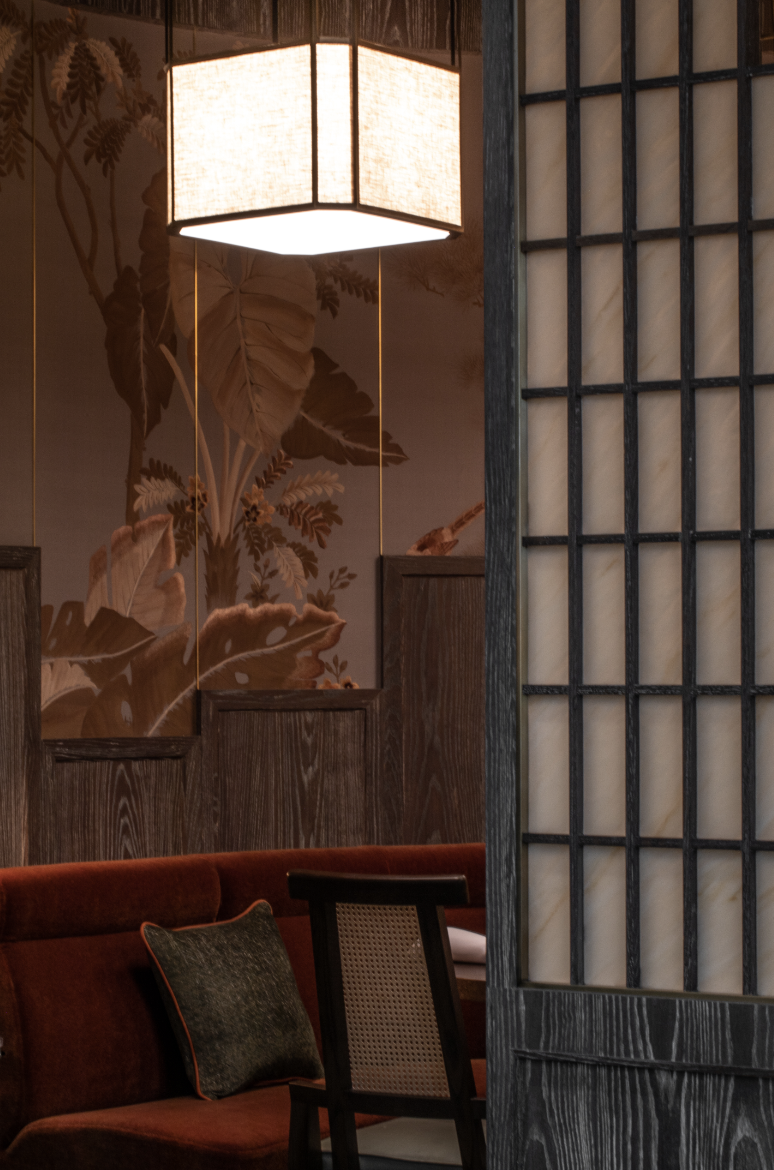Joyce Wang is the creative force behind Joyce Wang Studio. With studios in Hong Kong and London, Joyce has worked on numerous stellar international projects and earned global acclaim for her elegant and luxurious designs. Her work seamlessly combines artistry, functionality, and cultural influences to craft spaces that leave a lasting impression. In this interview, we delve into her creative process, inspirations, and her thoughts on the future of interior design.
You have worked on myriad projects across geography. Can you share with us how cultural diversity and heritage inform your creative process, and how do you create designs that appeal to a global audience?
As a nomad like me, dividing my time between Hong Kong and London, I have been infused with the ability to transform architecture into works that transcend time and culture. Our Mott 32 Restaurant project is a prime example of creating distinctive yet converging spaces. Working with the hospitality group Maximal Concepts on the five Mott 32 restaurants in Dubai, Hong Kong, Singapore, Vancouver, and Las Vegas, we aim to convey the beauty of each particular destination. For instance, Mott 32 Dubai stays true to earthy Arabic aesthetics with the Dune Chamber, while Mott 32 Singapore vividly embodies the Green City with its intimate luxury greenhouse. My goal is to create authentic spaces that speak universally, connecting audiences around the world.
- Mott 32 Dubai, Middle East
- Mott 32 Dubai, Middle East
- Mott 32 Dubai, Middle East
- Mott 32 Dubai, Middle East
- Mott 32 Dubai, Middle East
- Mott 32 Dubai, Middle East
What are the key principles or philosophies that guide your designs, and how do they contribute to your design style?
As a cinema lover, visual references are crucial to me, and I strive to enrich my designs with layers, which is why my philosophy is centred around immersing my designs within their surroundings. For The Berkeley London project, I redesigned its Park Townhouse Suite and the Knightsbridge Townhouse Suite with the image of a traditional London townhouse in mind. I paid homage to the local context by incorporating window seats overlooking Hyde Park, while adding a modern twist with a hand-carved fireplace silhouette. By creating a cohesive setting, The Berkeley showcases a strong visual identity.
- The Berkeley, London
- The Berkeley, London
The use of materials plays a significant role in your designs. Can you tell us about your approach to selecting and incorporating materials to enhance the overall narrative of a space?
Materials serve as useful props to magnify the stories told by my designs. For The Magistracy project, I took into consideration its history and carefully curated materials that reenact the building’s legacy. For example, I chose reclaimed timber from the original building to repurpose as the Magistracy’s sturdy walls, connecting the past and present and defining the building’s sense of lineage. Additionally, richly textured fabrics like oxblood leather seating in the Magistracy Dining Room embed an air of majestic royalty, leaving a lasting impression. The result is a project that is close to my heart and resurrects Hong Kong’s historic judicial house in a dynamic renaissance.
- The Magistracy, Hong Kong
- The Magistracy, Hong Kong
- The Magistracy, Hong Kong
- The Magistracy, Hong Kong
- The Magistracy, Hong Kong
- The Magistracy, Hong Kong
- The Magistracy, Hong Kong
Your design influence extends beyond interiors, inspiring furniture and homeware collections. Can you provide insights into the creative journey that leads to these creations, and how they align with your broader design vision?
Across all our interior design projects, we tell stories with materials. The philosophy and inspiration behind each curation grant the project a unique personality. This led me to explore the possibilities of materials, resulting in the creation of the Flint Collection. By showcasing the elegance of terrazzo, we have elevated it from a surface material into a collection of furniture, lighting, and objects. We also collaborated with a fourth-generation Italian terrazzo manufacturer to unveil its timeless beauty through the juxtaposition of using an old material in a new way.
As a designer, your work has to continually evolve and adapt. Can you share some key milestones or shifts in your design philosophy and approach that you believe have marked your evolution as a designer?
Interior design is an ever-changing art form, especially when considering how the built environment affects the human experience. One key moment for me was passing by Adolf Loos’ Knize shop in Vienna, which enlightened me on how design can transport someone on a journey. Since then, I have drawn inspiration from nature, such as utilising the view of Hyde Park to reinterpret a modern townhouse in The Berkeley. Another evolution in my design approach is addressing the privacy of interior spaces, providing visitors with the most comfortable experience possible. This is also the reason for having moody dim lighting across the various Mott 32 outposts.
What are you working on at the moment?
I am currently starting some exciting projects across Asia, including bars and restaurants. In Singapore, I am delighted to collaborate again with the Sands Hospitality Group on the upcoming opening of Daniel Boulud’s restaurant in 2024. This will be my second project with them, following the successful opening of Mott 32 Singapore. Additionally, the grand opening of Long Bar at Raffles, Galaxy Macau is scheduled for the end of this year. Overall, my aim is to continue bringing designs to life and delivering visionary spaces that evoke a sense of greatness and create a positive and enjoyable experience for those who encounter.
- Mott 32, Singapore
- Mott 32, Singapore
- Mott 32, Singapore
- Mott 32, Singapore
- Mott 32, Singapore

